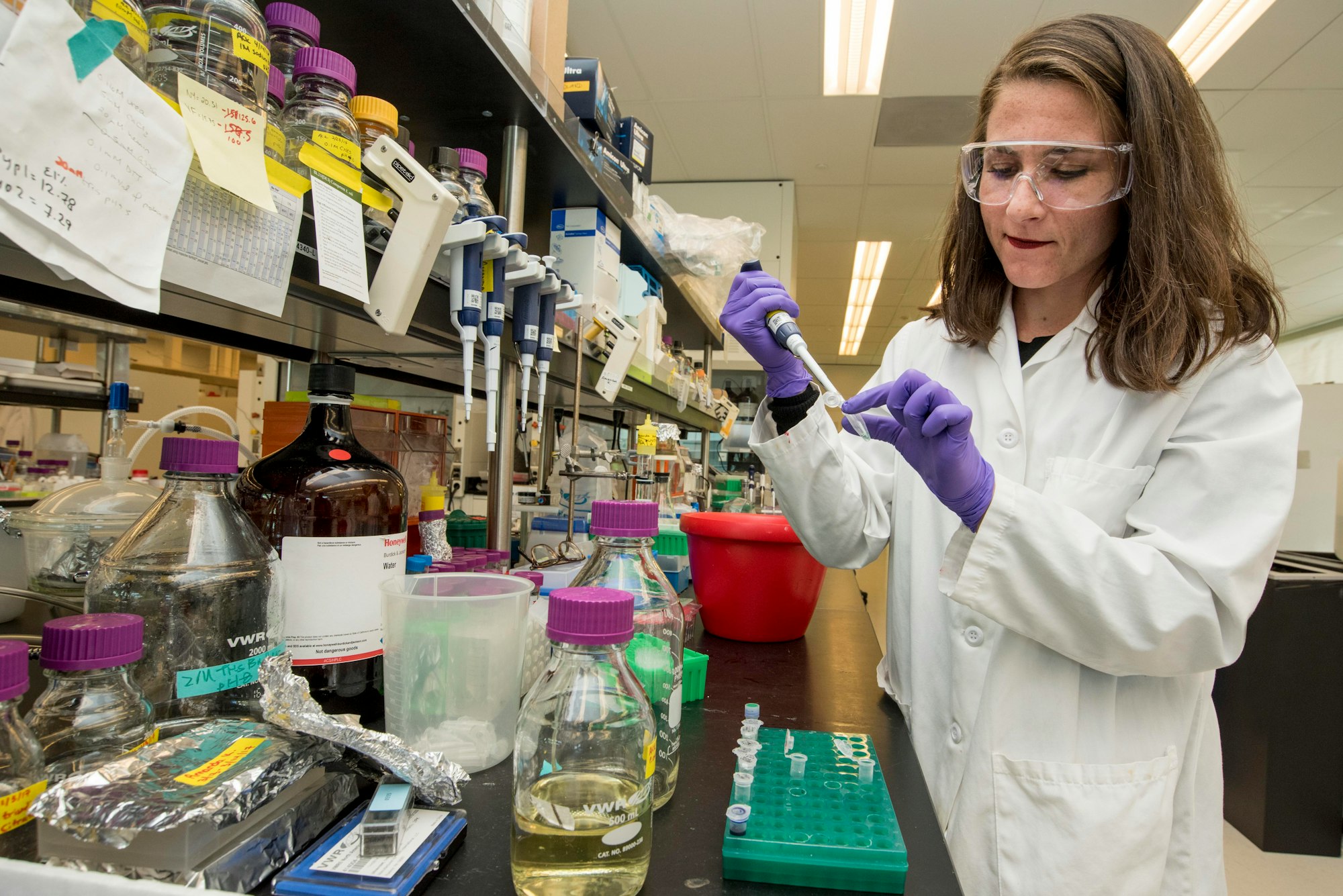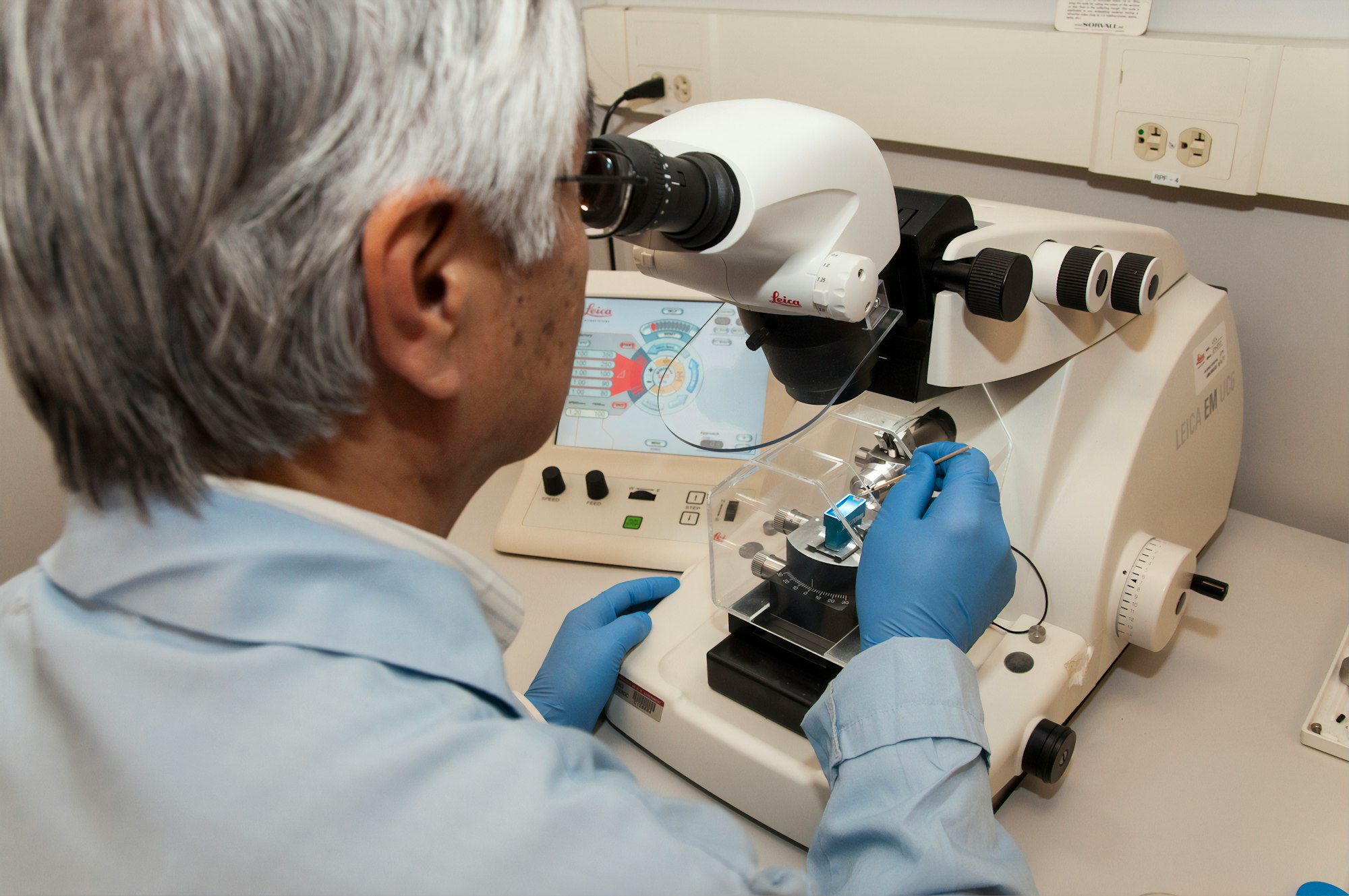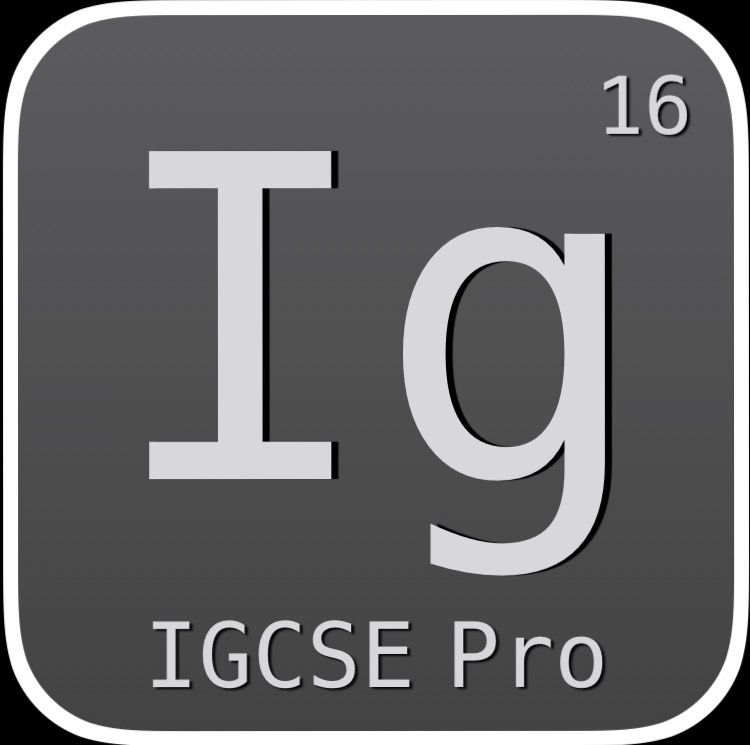Biotechnology and Genetic Engineering

Biotechnology involves using living organisms to carry out processes that make substances that we eat.
For example,
- Yeast has been used to make bread and alcohol.
- Lactobacillus bacteria have been used to make yoghurt and cheese
- Microorganisms can also be used to extract some enzymes
- Genetic engineering also uses microorganisms for obtaining substances such as insulin
Why microorganisms?
- No ethical issues in using them
- Share the same genetic code of DNA
- Also have little loops of DNA called plasmids that can be used in moving genes from one organism’s cells into other
- Microscopic structure- easy to store, and take up less space
- Can reproduce rapidly in laboratory
- Very versatile: able to produce wide range of substances
Yeast

Yeast is a unicellular fungus. It is able to respire anaerobically, and it produces ethanol and carbon dioxide as it does so.
Uses of Yeast
- Bread making
- Making bio-fuels
- Making alcohol (brewing)
Bread making
Wheat flour contains lot of starch and a protein called gluten.
To make bread:
- Flour is mixed in water
- Yeast is added
- A dough is prepared
- In the dough, amylase (enzyme) breaks down starch in the dough to maltose and some glucose.
- These products are used by the yeast in anaerobic respiration.
- Yeast produces bubbles of carbon dioxide, that get trapped in the dough
- Gluten in the flour makes the bread stretchy.
- Carbon dioxide bubbles help the dough to rise.
- The dough is baked
- Baking removes the alcohol and kills the yeast.
Bio-fuels

Bio-fuels are made by yeast and it produces ethanol. They are crucial in order to replace non-renewable energy sources such as petroleum.
Making bio-fuels:
- Maize is treated with amylase
- Addition of amylase breaks down stored starch to glucose.
- A solution of sugars made from plants is extracted.
- Yeast is added to the solution.
- The solution is enclosed in a container with vacuum to support anaerobic respiration in the yeast.
- An air lock is added so that bacteria cannot enter the solution.
- At the end of fermentation, ethanol is produced
- The ethanol is then purified using distillation.
Advantages of Ethanol
- Ethanol burns well
- It is a sustainable fuel
- It can help reduce our reliance towards fossil fuels
Disadvantages of Ethanol
- Does not have as much energy per litre in comparison to fossil fuels.
- Crops take up land
- Clearing land for crops leads to loss of natural habitat
- Growing huge amounts of a single crop might increase its price, making it unaffordable for people to buy food.
Making Use of Enzymes
Enzyme production is one of the most prominent uses of Genetic Engineering

Lactase
Lactase is an enzyme that breaks down lactose (a sugar found in milk) to glucose and galactose.
| Lactose | Lactase | Glucose + Galactose | ||
| -> | ||||
Milk is treated with lactose, so that people of Asian descent can readily digest it and not feel ill.
Reasons of using lactase:
- Babies start secreting lactase in the early months of their life to break down the lactose in the milk to simple molecules.
- Some people of the Asian descent stop making lactose when they grow older.
- Hence for such people, it is tough to digest milk products. They often feel unwell when they eat food such as cheese or butter.
- Moreover, glucose and galactose is used commercially to make sweets.
Penicillin
Penicillin is an antibiotic made by cultivating a fungus called Penicillium in a large fermenter.

Formation of Penicillin
For the first 15-24 hours, Penicillium just grows. It then starts secreting Penicillin.
The rate of production of Penicillin depends on how much sugar is present in the culture medium.
- If too much sugar is present, not much Penicillin is produced
- If no sugar is present, no Penicillin is produced.
Hence the culture mixture has to be fed with small amounts of Sugar from time to time.
This process is continued until the rate of production of Penicillin has slowed down to an extent where it would not be worth waiting.
The culture mixture is filtered to separate the Penicillium pellets, and is treated to concentrate the Penicillin in it.
Genetic engineering

Changing the genetic material of an organism by removing, changing or inserting individual genes is called as genetic engineering.
Where genetic engineering has been used:
- In the production of Insulin (for people with type 1 diabetes)
- For crop plants to get resistant towards herbicides and insect pests.
- For rice to produce more vitamin A (so that people with severe vitamin A deficiency can be cured)
The process for Genetic Engineering
Production of human insulin using bacteria is an important component of biotechnology.
- Some human cells are liquidised
- The DNA is made to precipitate by addition of chemicals
- Restriction enzymes are added to cut the DNA into pieces with specific length.
- Human DNA with sticky ends forms
- Simultaneously, Restriction Enzyme is used again to cut the plasmid(s) DNA
- Again DNA with sticky ends forms.
- Both the sticky ends are complementary (similar) to each other.
- Using Ligase Enzyme, the human gene for insulin and the plasmid DNA are joined
- The plasmid acts as a vector putting the human insulin gene into a bacterium
- This forms Genetically Engineered Bacteria
- The genetically engineered bacteria are grown in a fermenter
- They reproduce asexually and make Human Insulin
- The insulin is filtered and purified and used.

This is the end of this guide. Hope you enjoyed it! Thanks for using www.igcsepro.org! We hope you will give us a chance to serve you again! Thank you!
Next Chapter




